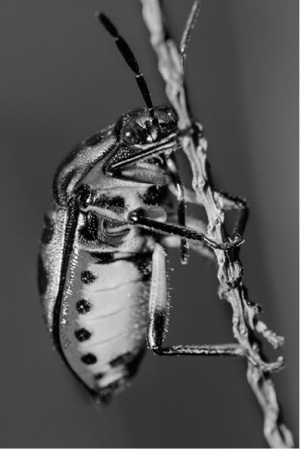Aquatic and Land Animal DiversityAquatic and Land Arthropods |
What are the major groups of arthropods? |
More than one million arthropod species have been described, with insects making up the vast majority of them. Zoologists estimate that the arthropod population of the world numbers about a billion million (1018) individuals; in fact, two out of every three organisms known on Earth are arthropods, and the phylum is represented in nearly all habitats of the biosphere. About 90 percent of all arthropods are insects, and about half of the named species of insects are beetles. Several groups of arthropods contain a mix of animals that inhabit water environments and animals that live on land. They include the subphyla of Chelicerata (horseshoe crabs, spiders, scorpions, ticks, and mites); Crustacea (lobsters, crabs, shrimps, isopods, copepods, and barnacles); and Unirania (grasshoppers, roaches, ants, bees, butterflies, flies, beetles, centipedes, and millipedes).

Brilliantly colored jewel bugs are true bugs, not beetles. A major difference between bugs and beetles is that beetles have mandibles to chew their food, whereas bugs use a proboscis to pierce their food and suck out the contents.
